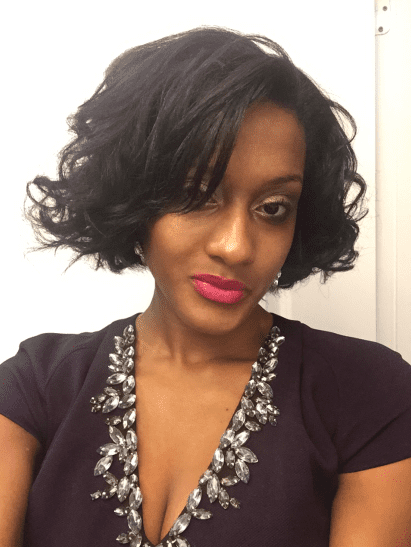What does someone with bipolar disorder tend to look like? Are they blonde, have curly hair? Do they talk differently or walk slighter faster than the average person? Much of the time you can’t tell by just merely looking at someone’s outer appearance.
Eleven years ago, at the age of sixteen, I was diagnosed with Manic-Depressive Disorder also known as Bipolar Disorder. Usually on a girl’s sixteenth birthday she celebrates with a large extravaganza with her family and friends. I, however was given surprising news that I had a disorder that I barely knew anything about. I used this as an opportunity to teach myself about this disorder that would forever change my life. I’d read books and articles online to make sure not only I was knowledgeable but that my support system of family and close friends were properly informed.
For years I wouldn’t disclose of my mental disorder to others. I would make new friends and have relationships in which my significant other had no idea that I was bipolar. For the first nine years I was ashamed and embarrassed of the mental illness I faced. I was afraid that others would judge me and not befriend me if I told them I had manic depressive disorder. Nowadays, I am not concerned about what and how others feel about me and my mental state. I have gladly become comfortable in my own skin and brain function. Despite having a mood disorder, I never let obstacles deter me from achieving my dreams. I’m unstoppable and being a bipolar disorder warrior has made me more of a stronger and tenacious individual.


